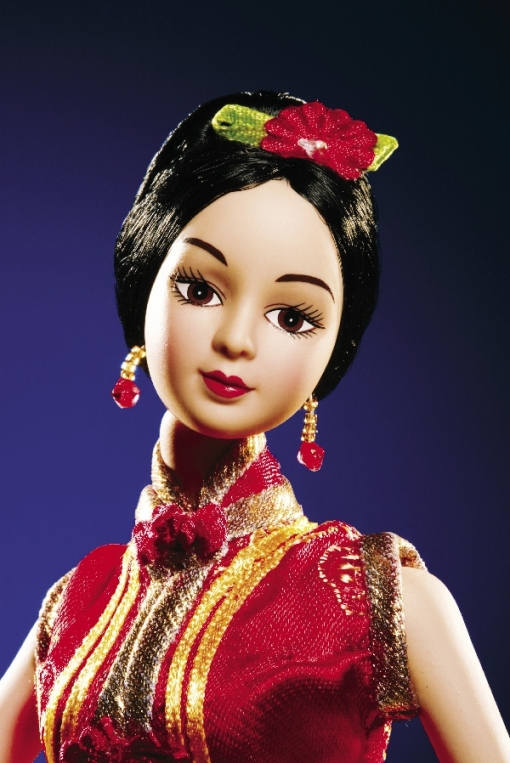We already talked about The China doll in Film and The China
doll in Musical in the previous posts. If we think about it, the premise of
those pieces to exist is that the authors have to create the screen play first,
which lead us to the main point of the post, why literature portray the China
Doll stereotype like the way it did, and what problems it causes.
It is very hard for writers to enter the mainstream market in these days. After all, It is all about grab reader's attention. Most of time, they are required to “expressed in terms of conflict between East-West cultural values, views on interracial marriages, the generation gap, the pursuit of the American dream, the native born’s imperative to assert Americannes” in order to be included into the mainstream culture (Yin 119). Therefore, the authors keep write about the mysterious myths about the Asian in their work, especially the exotic stories about Asian American. Here is an example that how Asian American literature portray the China doll stereotype.
The Joy Luck Club
It is very hard for writers to enter the mainstream market in these days. After all, It is all about grab reader's attention. Most of time, they are required to “expressed in terms of conflict between East-West cultural values, views on interracial marriages, the generation gap, the pursuit of the American dream, the native born’s imperative to assert Americannes” in order to be included into the mainstream culture (Yin 119). Therefore, the authors keep write about the mysterious myths about the Asian in their work, especially the exotic stories about Asian American. Here is an example that how Asian American literature portray the China doll stereotype.
The Joy Luck Club
 |
| This is the poster of the film that was based on Amy Tan's novel. Yes. It is one of the best film! |
Comments: The characters of The Joy Luck Club are exactly
what the readers would expected Asian Americans female would be like, which is
the submissive women who takes pride by taking care of their men. Amy Tan (the
author), had the chance to change those images, to dispel the public's
misconceptions and to forge a new Asian American identity, instead, she copped
out on her obligations, meekly reinforcing every conceivable stereotype”
(Guiyou 89). Amy Tan took the easy way out by giving the readers what they
believed in. Although the novel was the best seller, she sacrificed her dignity
as a Asian American writer, and ran away from her responsibility. The Joy Luck
Club made its massive effort to reinforce the negative stereotypes about Asian
American female, and the “Asian American female need to be rescued by white
man” pattern appears again in the novel enforces the stereotype even more.
The negative China doll stereotypes can lead to a lot of serious problems for Asian American women, such as discrimination in romance relationships and low self-esteem. Even someone may argue that there are the some positive aspects of China doll such as Aasin women are allure, the stereotypes still could create negative self-evaluations due to a failure to live up to others' expectations, which comes from the implement from the literature. The writers should have the nerve to write something real about Asian women. Meanwhile, take the responsibility to rectify the reputation of Asian female in the media.
The negative China doll stereotypes can lead to a lot of serious problems for Asian American women, such as discrimination in romance relationships and low self-esteem. Even someone may argue that there are the some positive aspects of China doll such as Aasin women are allure, the stereotypes still could create negative self-evaluations due to a failure to live up to others' expectations, which comes from the implement from the literature. The writers should have the nerve to write something real about Asian women. Meanwhile, take the responsibility to rectify the reputation of Asian female in the media.
Word Cited
Yin, Xiao.
Chinese American literature since the 1850s. Urbana: University of Illinois
Press, 2000. Print.
Huang, Guiyou. Asian Americans Literary studie. 22 George Square, Edinburgh: Edinburgh University Press Ltd, 2005. Print.
Huang, Guiyou. Asian Americans Literary studie. 22 George Square, Edinburgh: Edinburgh University Press Ltd, 2005. Print.





